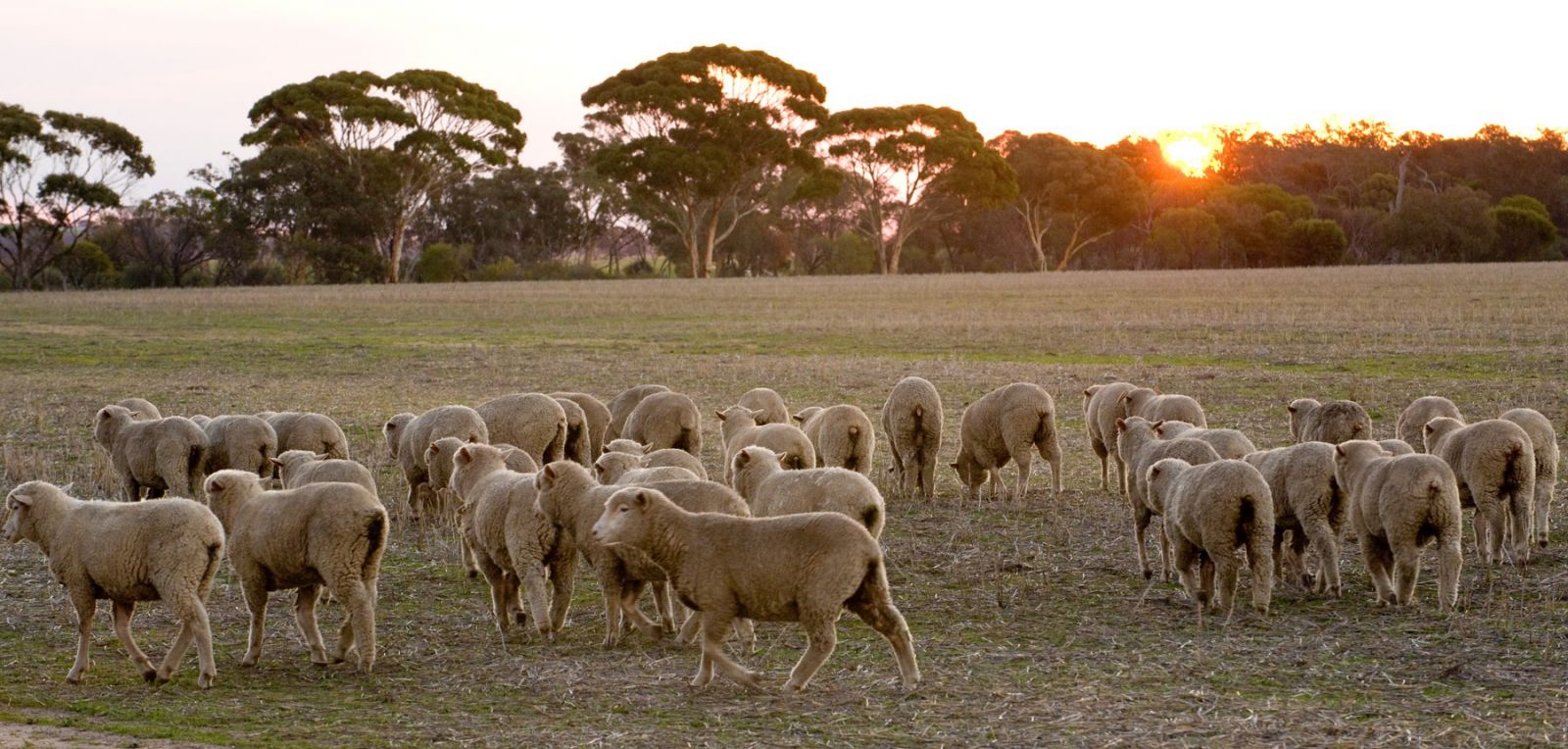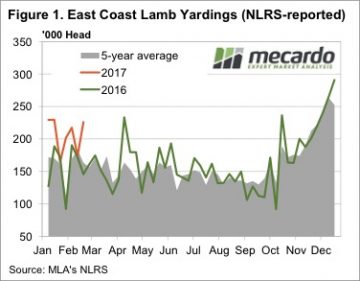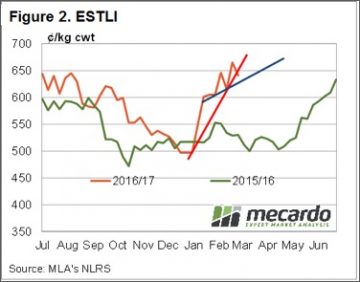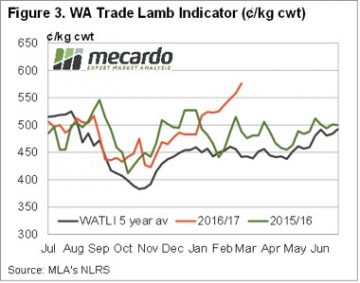Lamb supply and price yo yo continues

Lamb price goes up, more lambs come to the market, lamb price goes down. It’s a pretty simple equation but the trend remains up. For now. All sheep and lamb indicators felt the impact of stronger supply, except Merino lambs.
 Just when we thought lamb supply was surely starting to wane, this week saw east coast yardings jump to their second highest level for the year. Figure 1 shows east coast lamb yardings, which were 55% stronger than the same time week last year.
Just when we thought lamb supply was surely starting to wane, this week saw east coast yardings jump to their second highest level for the year. Figure 1 shows east coast lamb yardings, which were 55% stronger than the same time week last year.
Lamb slaughter remains weak, with yardings reportedly getting higher numbers of light and store lambs, which are hitting the market due to record prices.
The impact of the 30% weekly jump in yardings was a relatively gentle fall in price. The Eastern States Trade Lamb Indicator (ESTLI) eased 24¢ this week on the back of stronger yardings. Figure 2 shows some basic trendlines for the ESTLI, with the current price sitting right on the very steep upward trend from the end of December, but still above the January upward trend.
Merino lambs avoided the fall this week, as they haven’t quite had the same rally as trade lambs. Interestingly Merino lambs in Victoria and NSW are just above 600¢, while in South Australia, Merino lambs fell 25¢ to 535¢/kg cwt. It was worth making the trip to SA to buy Merino lambs this week.
 In WA lamb prices defied the larger yardings, rising 18¢ to 576¢/kg cwt. The WATLI is showing an impressive upward trend, and has hit a 2.5 year high (figure 3).
In WA lamb prices defied the larger yardings, rising 18¢ to 576¢/kg cwt. The WATLI is showing an impressive upward trend, and has hit a 2.5 year high (figure 3).
The week ahead
The good thing about rising prices in WA is that shows that export demand seems to be strong. Supply is tight on the east coast, but not that much tighter than last year that you expect prices to be 100¢ higher. This also suggests that lamb demand is robust. Given the price of the main competing red meat, beef, it’s should come as no surprise that lamb prices have risen relative to last year.



